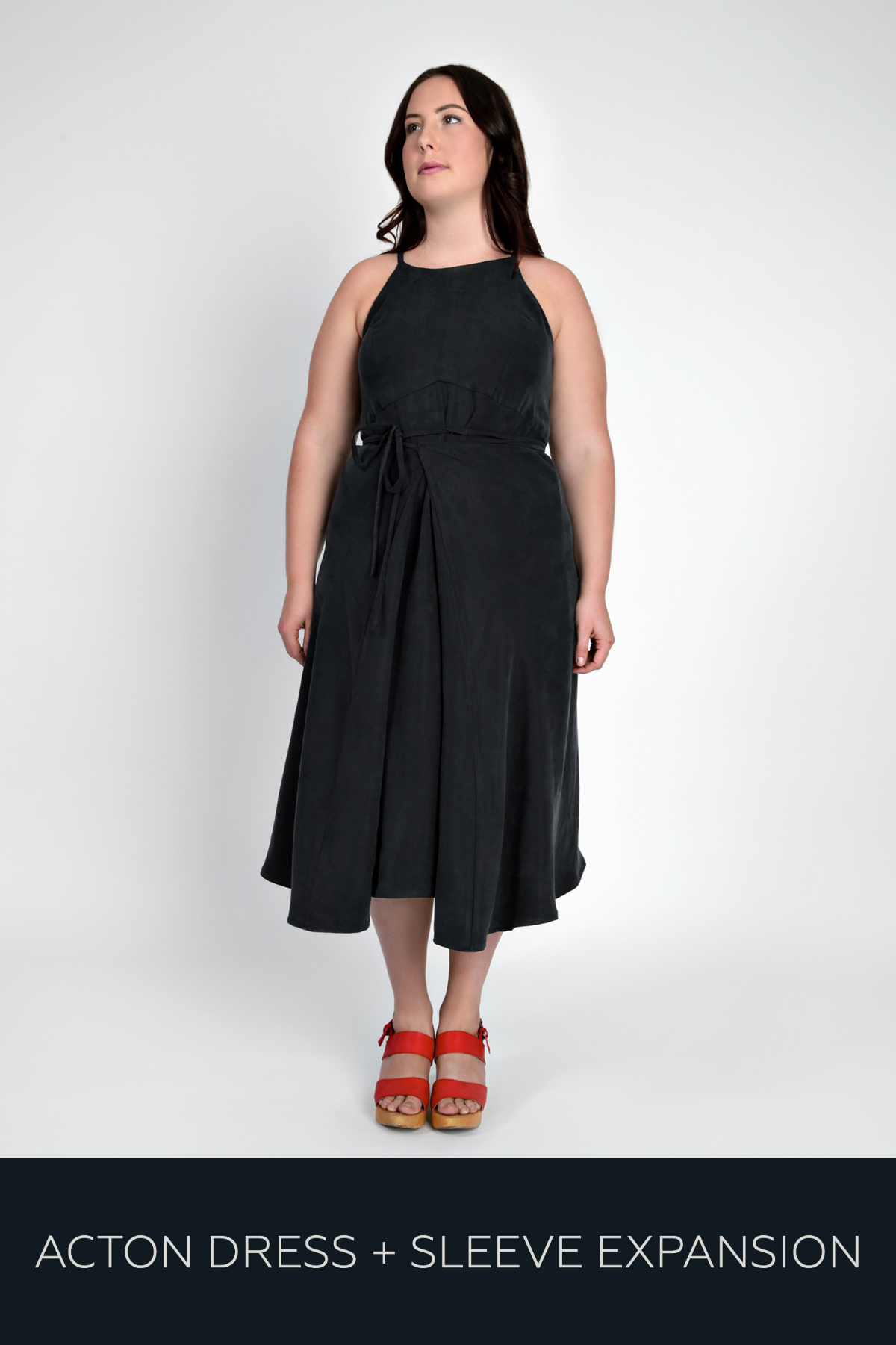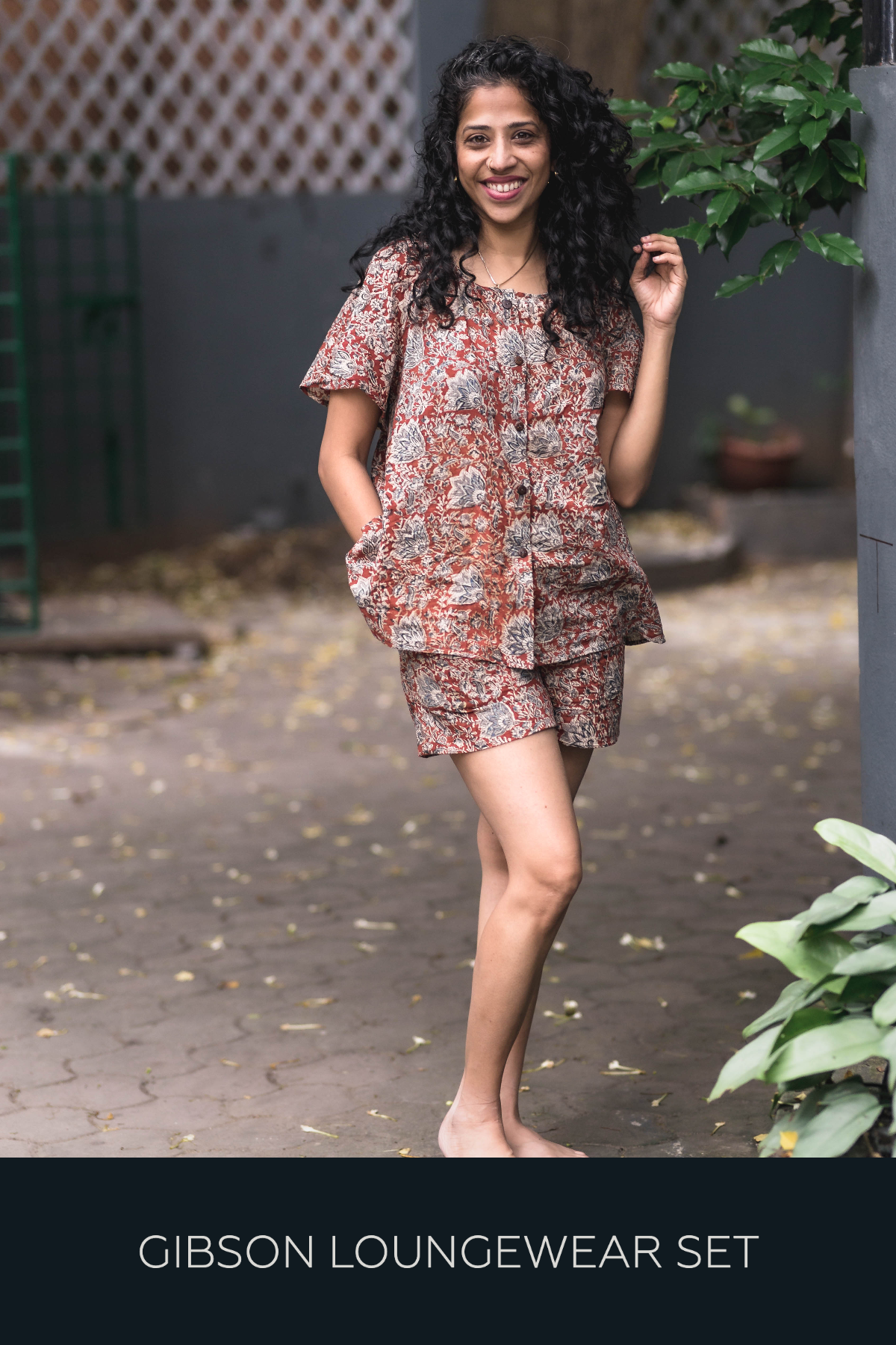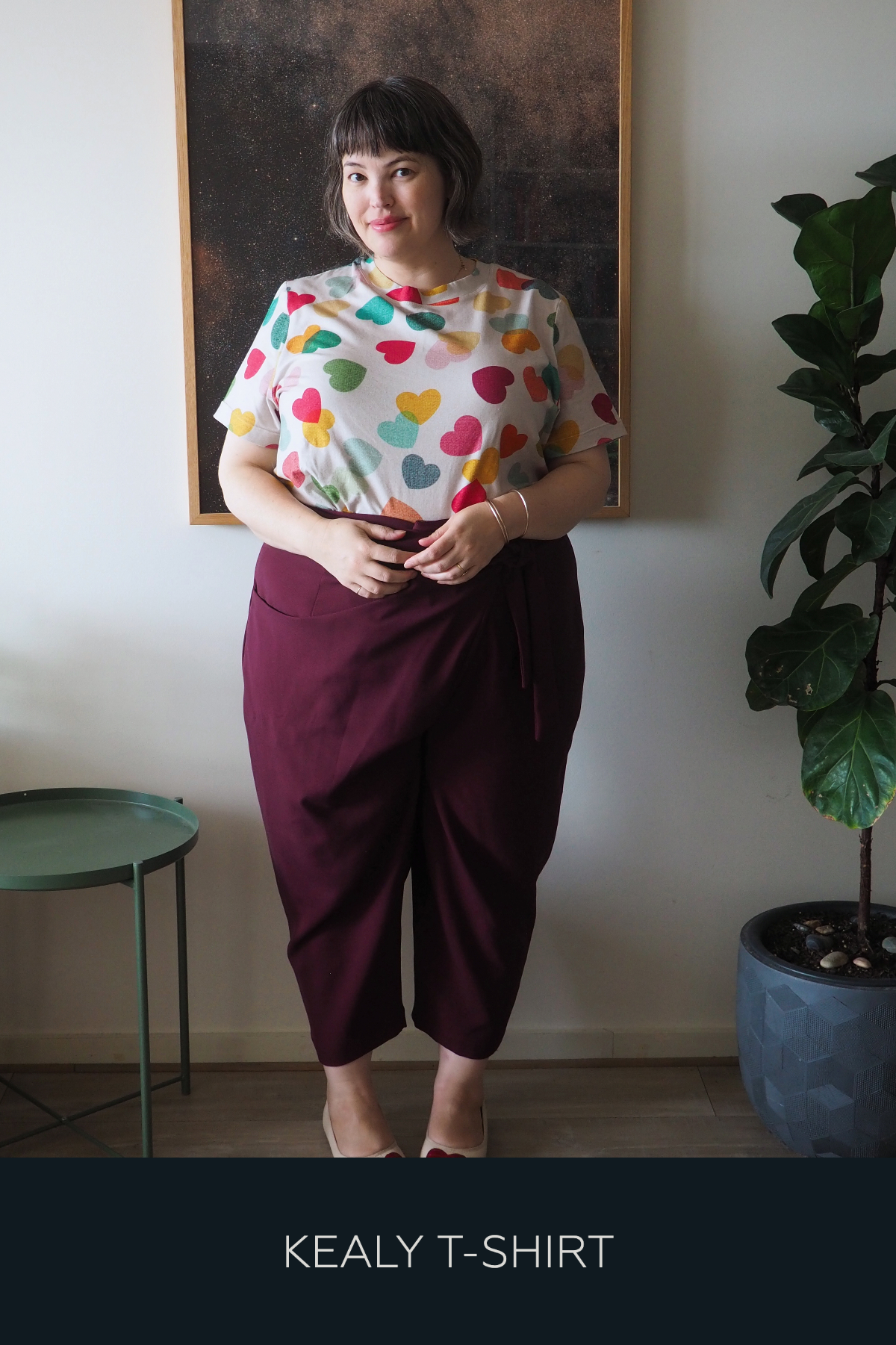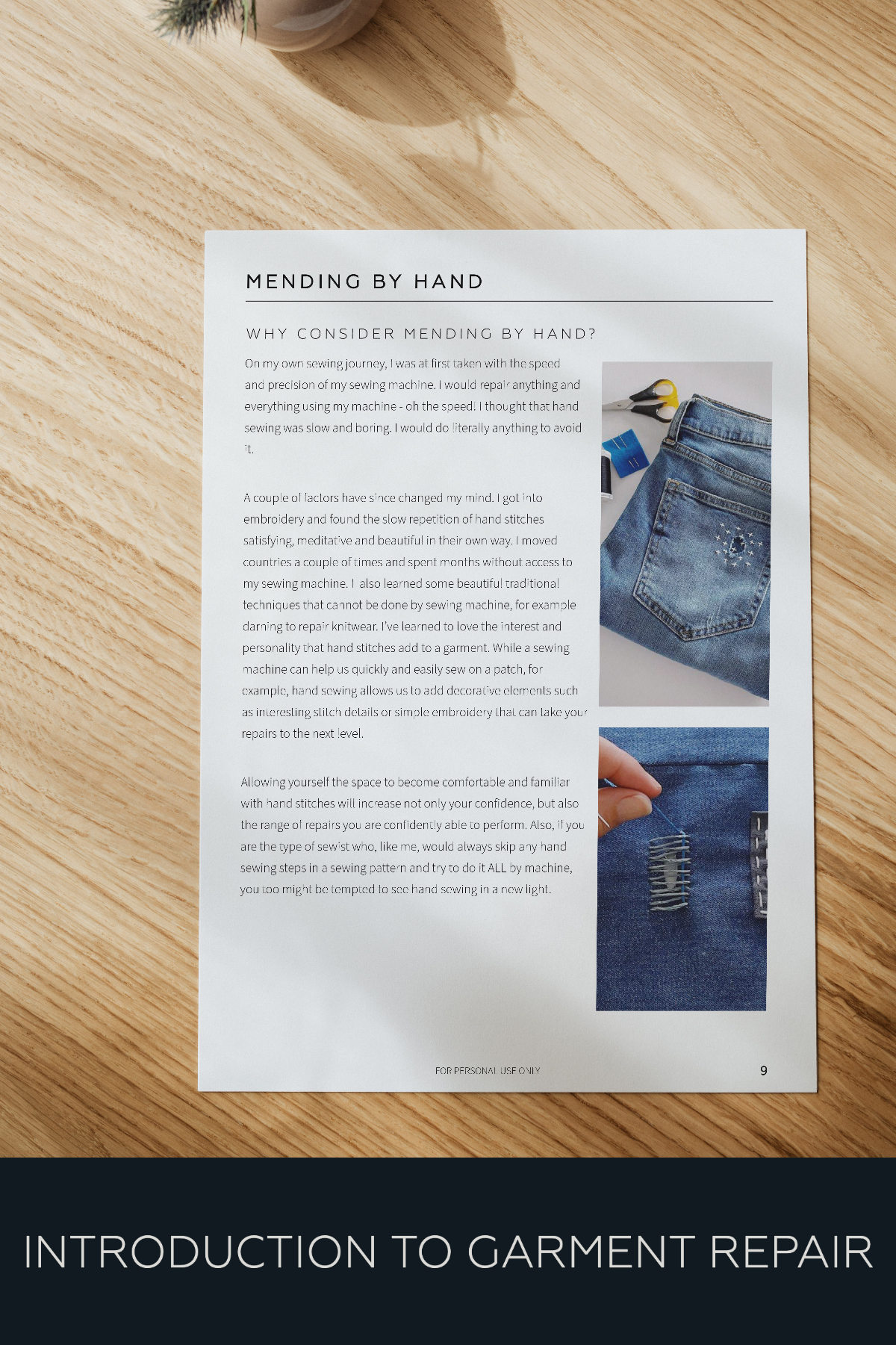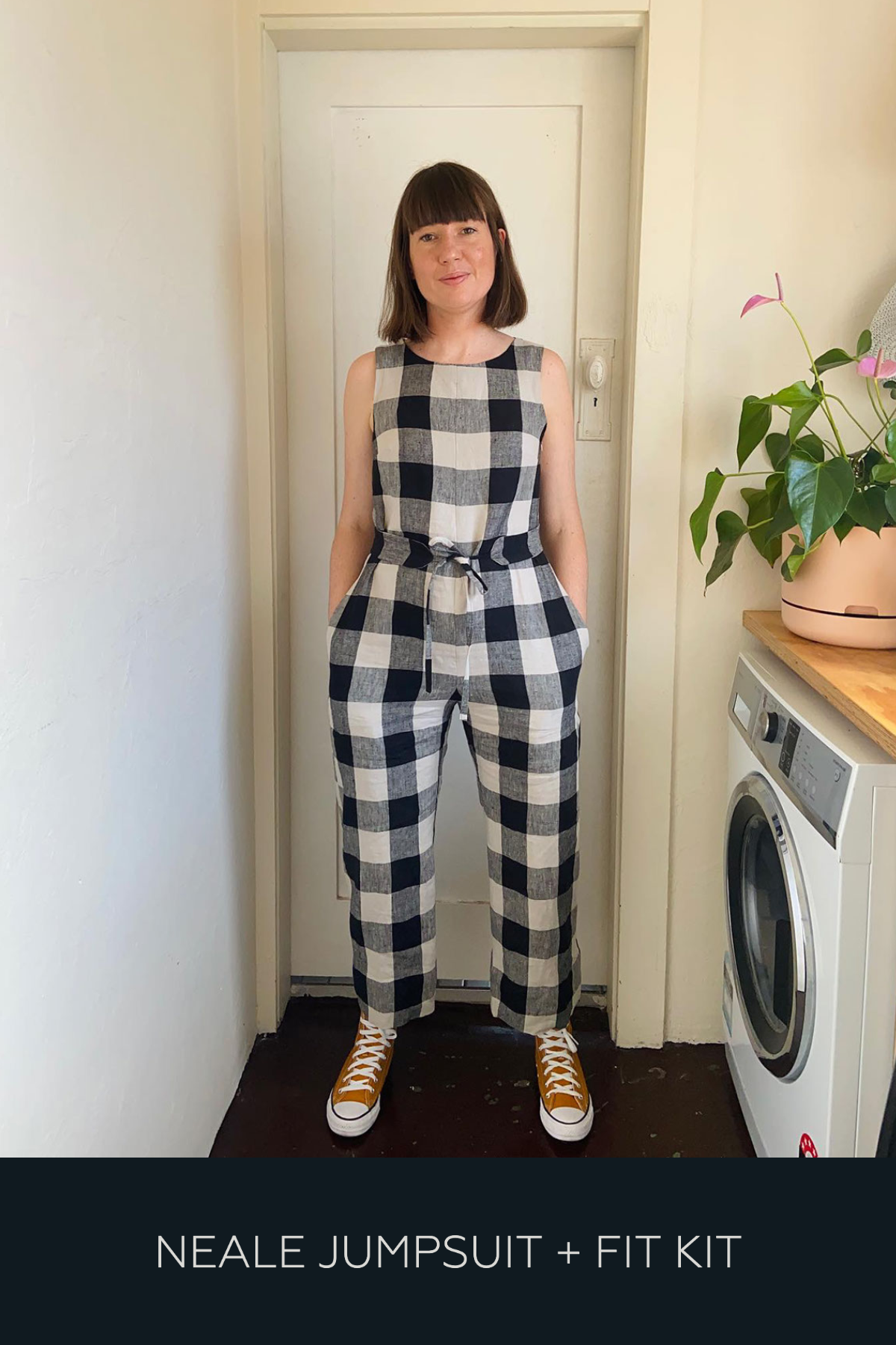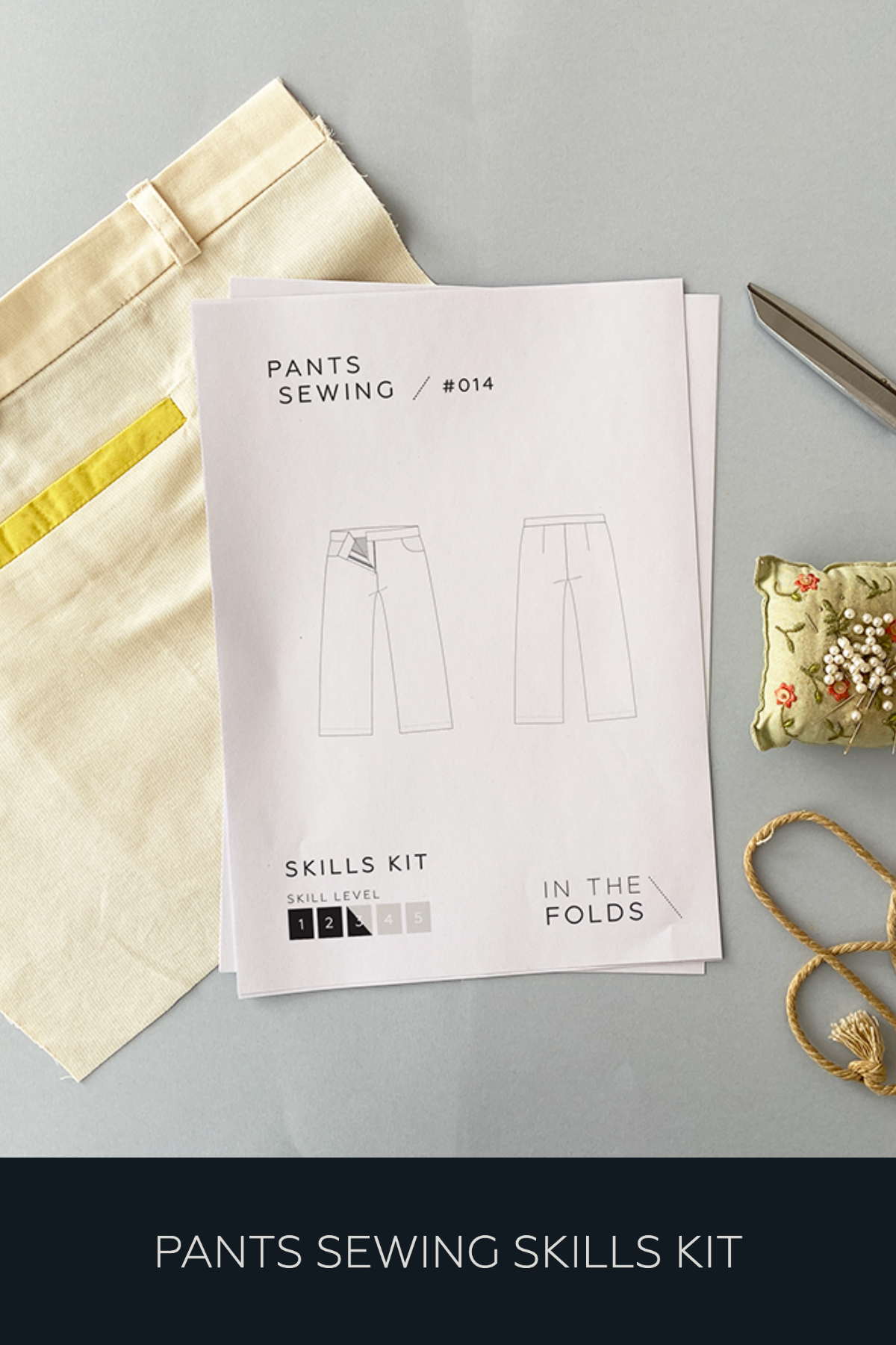If you’ve been following us for a while you probably know we love an unlined garment. (Need evidence? Please see Exhibit A, Exhibit B & Exhibit C.)
For us, there’s just something special about seam finishes (think French seams, Hong Kong bind and bias binding) that our unlined garment patterns tend to include. They have a way of elevating a design, and make it feel a bit fancy. Like, if someone looked on the inside of the garment they’d give an appreciative ‘Ooooh!’. Something that overlocking just doesn’t quite encourage. Plus, we think they’re fun to sew!
However, we fully appreciate that sometimes a lining may be exactly what a garment needs. In fact, linings offer a number of benefits to a garment, including:
Improved comfort
Enhanced durability
Improved fit and structure
Concealment of inner details
Ease of wear
Allowing for inclusion of additional features, like pockets and boning.
Improved finish
Ease of make.
Which is why we decided to create our latest series, Drafting & Sewing Linings. Across two in-depth resources, the Drafting linings Skills Kit and the Sewing linings Skills Kit, we teach you everything you need to know to draft and sew linings for a coats, skirts and tops and dresses, using our Barkly, Ormond, Cartwright and Stow patterns as the teaching patterns.
Today, we thought it would be great to give you a visual comparison of the Barkly skirt and Ormond chore coat, before and after lining, so you know exactly what you can expect to achieve with either approach.
Barkly skirt - Lined vs unlined
From the outside, it’s not obvious whether the Barkly skirt is lined or not. Unlike a jacket, which opens to expose the internal finishes, the inside of a skirt is probably going to remain unseen.
What’s the purpose of lining a skirt?
One of the main reasons is improved comfort.
A skirt lining made from a slippery material allows the outer fabric to slide over the top, preventing clinging or bunching (both of which can cause chafing - ouch!) when moving.
Skirts made of woollen fabrics are often lined with satin to create a barrier between the scratchy wool fibres and sensitive skin. Slippery skirt linings might also prevent static cling when wearing pantyhose or stockings.
On the other hand, skirts made from natural fibres (like cotton canvas or denim, and the Barkly skirt example above) may not require a lining because the fabric has enough inherent structure to not cling or bunch.
But, any of the reasons we outlined above might be why you choose to line a skirt.
You might simply prefer the look of a lined garment. As you can see in Leanne’s Barkly skirt below, the finish is so beautiful that you could almost wear it inside out and no one could tell the difference!
Ormond chore coat - Lined vs unlined
When deciding whether to line a coat, some key things to consider are style and intended use.
Is it a casual coat that’s going to be worn regularly, possibly all day, while working, doing chores or running errands? If so, an unlined coat with bound or flat-felled seams (like that in our original Ormond coat pattern above) may be preferable. (If you’re interested in learning more about seam finishes and their uses, check this post out.)
In our Ormond chore coat, the denim lends itself to an unlined design. The contrast of the right and wrong sides of the denim when the sleeves are rolled up may be a feature you want to show off.
Is it a dressy coat that will be worn out to dinner, over the top of other garments and possibly taken on and off regularly?
Like with a skirt, a slippery lining will make it easier to take a coat on and off over the top of other garments. It also adds a level of refinement to a garment, and keeps ‘unsightly’ elements like pocket bags and seams hidden. (We don’t really think these things are unsightly, but some people do!)
So, what do you think? Is a lined garment your preferred approach, or are you happy either way?
WHAT YOU’VE BEEN MAKING…
Peppermint Wrap top made by @andramakes
Ormond chore coat made by @thatsewannabel
















